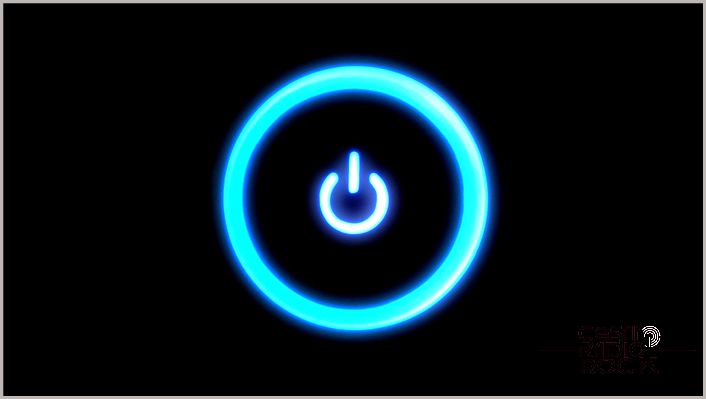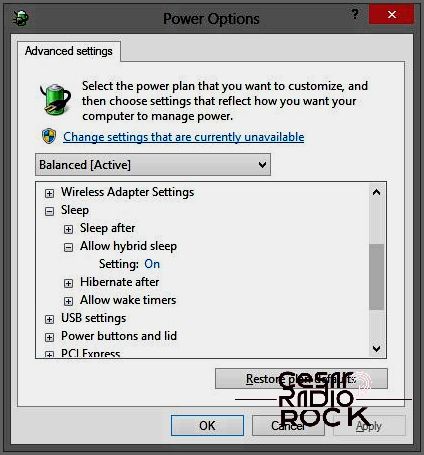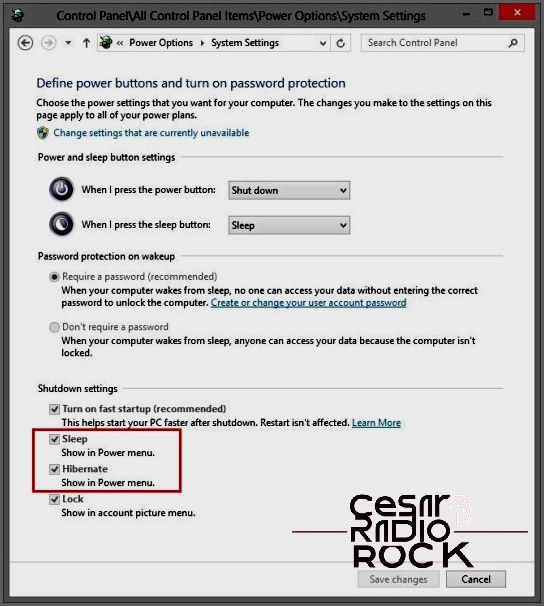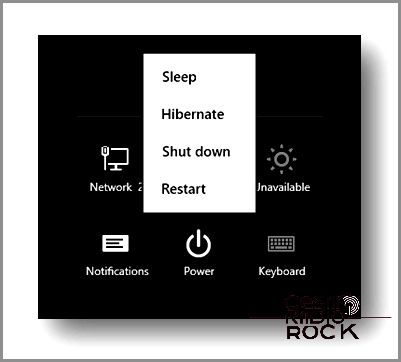Exploring Sleep, Hibernation, and Hybrid Sleep on Windows
When it comes to saving power and quickly resuming your work on your Windows computer, you have a few options: Sleep, Hibernation, and Hybrid Sleep. Let’s dive into each one and see how they compare.
First up, we have Sleep mode. When you put your computer to sleep, it goes into a low-power state. It’s like a short nap, where your computer is still on but not using much power. This allows you to quickly wake it up by simply pressing a key or moving the mouse. In Sleep mode, your computer retains its current state in memory, so you can get back to what you were doing almost instantly. It’s a great option when you want to take a short break and get back to work right away.
Next, there’s Hibernation. When you choose to hibernate your computer, it saves your current state and turns off completely. It’s like a deep, peaceful sleep. Hibernation is useful when you want to save power but don’t need to use your computer for an extended period. When you power your computer back on, it will resume from where you left off, just like waking up from a good night’s sleep. Hibernation is handy when you know you won’t be using your computer for a while but want to pick up where you left off later.
Finally, we have Hybrid Sleep, which combines the best of both worlds. When you enable Hybrid Sleep, your computer saves your current state to both memory and your hard drive. This means that if there is a power failure or your computer loses power, your work is still safe on the hard drive. Hybrid Sleep is like a contingency plan for unexpected interruptions. When you wake your computer from Hybrid Sleep, it resumes from memory if possible, but if not, it can restore your state from the hard drive. It’s a reliable option if you want the convenience of Sleep mode with the safety net of Hibernation.
Now that you know the differences, you can choose the option that best suits your needs. Whether it’s a quick break, an extended period of inactivity, or a combination of both, Windows has you covered. So go ahead, explore the different power-saving options, and find the one that keeps you effortlessly connected to your work and play.

When I’m not using my computer, putting it into a low power mode can have several benefits. It saves energy, reduces noise (especially if my device is loud), and helps prolong the life of its components. There are different ways a computer can enter a low power state, and while Macs handle power options automatically, Windows allows me to choose the method I prefer. Let me explain each power saving option.
Sleep
Sleep mode turns off most computer components except for RAM. RAM is where active data is stored while I use the computer. But unlike hard drives and solid state drives, which can retain data without power, RAM is volatile. In other words, if I have a file open that hasn’t been saved to a hard drive and exists only in RAM, I will lose that file if the computer loses power. However, a file saved to a hard drive will not be lost even if there’s a power failure.
Sleep mode is handy because it keeps my active data in RAM, allowing me to quickly resume using my computer as long as there’s power from the battery or the wall. But I need to be aware that if I lose power, any data stored only in RAM will be lost. Sleep mode is especially useful for desktop PC users who have a continuous power supply from the wall.
Laptop users can also use sleep mode, but they run the risk of losing unsaved data if the battery runs out. To mitigate this risk, some laptop manufacturers have set up their systems to automatically switch to hibernation mode (which I’ll explain next) if the battery gets low.
Hibernate
Unlike sleep mode, hibernation writes all active data to the hard drive and fully powers off the computer. Hibernation consumes almost no power, but it takes longer to start back up because the data stored on the hard drive needs to be loaded back into RAM before the system can be used. The time it takes depends on the amount of data in RAM and the speed of the hard drive, ranging from a few seconds to over a minute.
The advantage of hibernation over simply shutting down and restarting is that it restores my data to the exact point where I entered hibernation, allowing me to pick up right where I left off. Since hibernation uses very little energy, it’s recommended for laptops and for desktop users who are conscious about their energy consumption. The only downside is that I should be prepared to wait a bit before I can start working again after waking up from hibernation.
Hybrid Sleep

In 2007, Windows Vista introduced hybrid sleep, a nifty combo of standard sleep and hibernation. Basically, when you turn on hybrid sleep, your computer stores active data on the hard drive (like hibernation) while keeping low levels of power to RAM (like standard sleep). This means you can wake up your computer quickly, while still safeguarding your data in case the power goes out.
It’s worth noting that hybrid sleep is usually only available on desktops (although you might find it on some custom laptops with desktop-class parts). To enable it, here’s what you do: Go to Control Panel > Power Options > Edit Plan Settings > Change Advanced Power Settings > Sleep > Allow Hybrid Sleep. Once you activate standard sleep, hybrid sleep will kick in automatically, making a copy of the data in your RAM and saving it to your hard drive.
Choosing Your Method
Okay, so when it comes to picking your low power method, you’ll do this through the Power Menu in Windows. Depending on how your PC is set up, you’ll see options for standard sleep and hibernation. If you don’t see one of these options, go to Control Panel > Power Options > Choose What the Power Buttons Do and make sure to check the boxes for “Hibernate” or “Sleep” under “Shutdown Settings.”

If you want to use hybrid sleep, simply follow the steps in the hybrid sleep section of this article to enable it. After that, just select “Sleep” from the Windows power menu.

No matter which option you go with, always remember to save your data before leaving your computer. Even though hibernate and hybrid sleep will save your unsaved data to the hard drive, there’s still a chance of errors happening. Taking a few seconds to manually save is way less hassle than dealing with data recovery later on.
